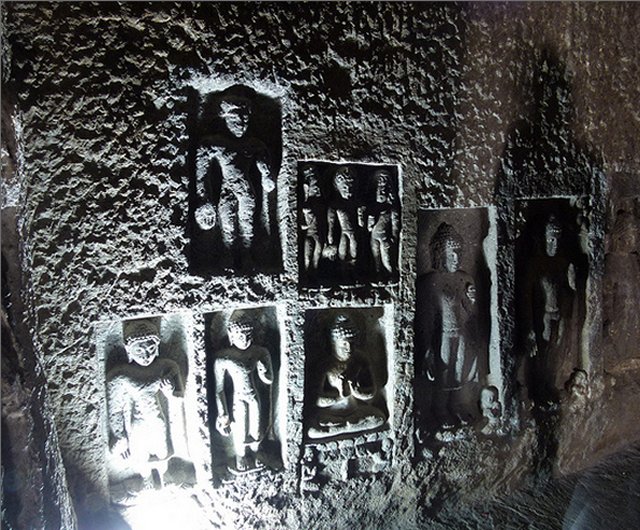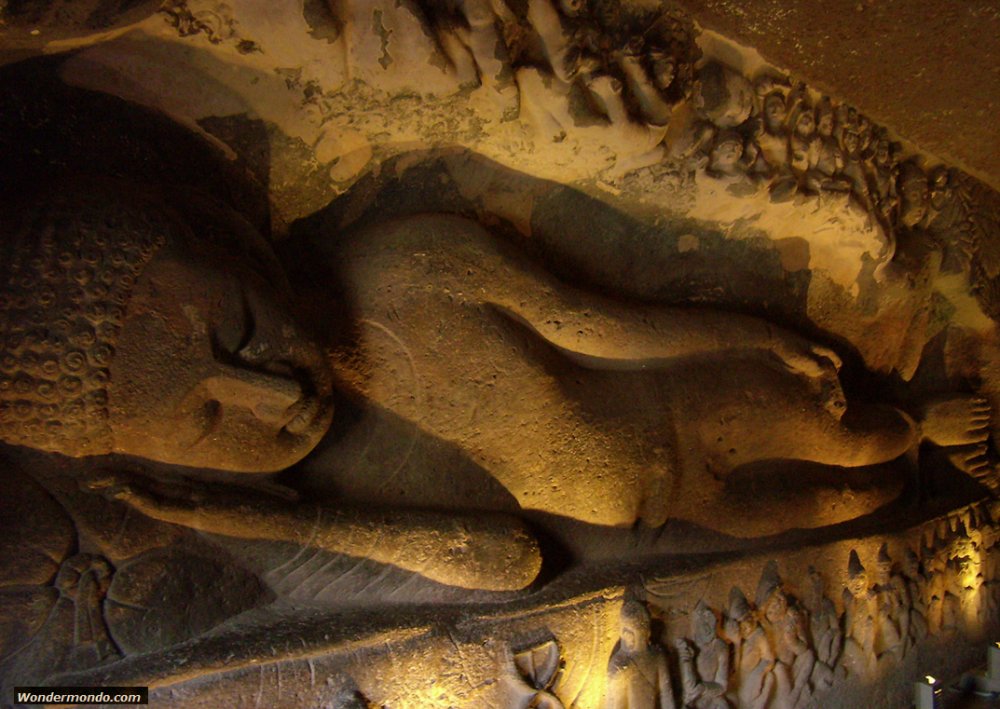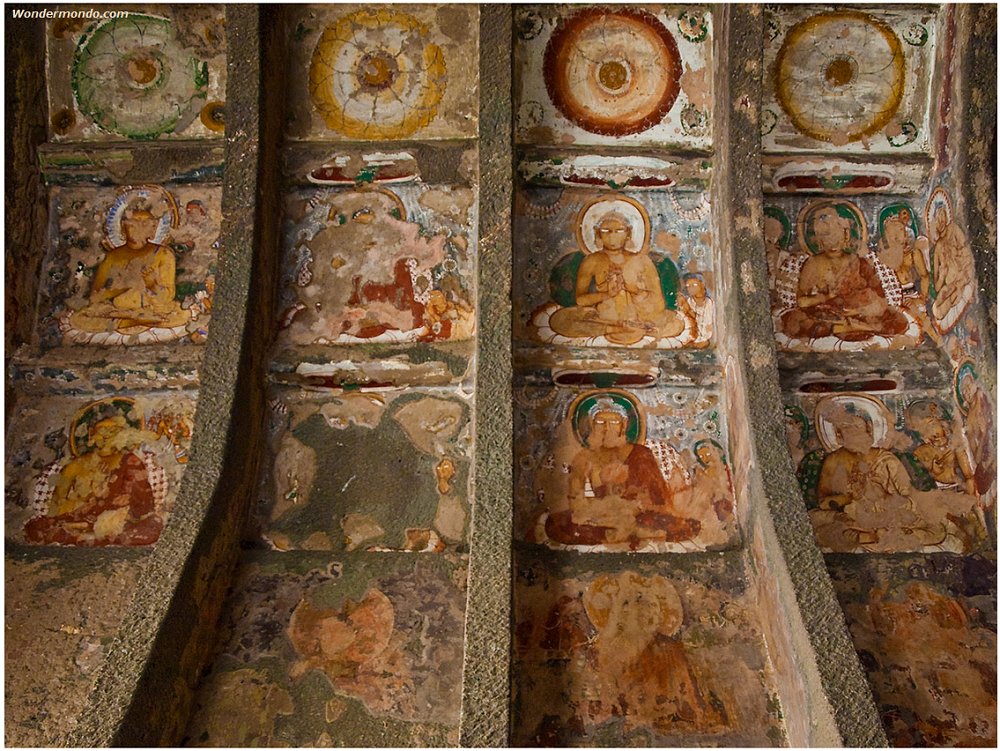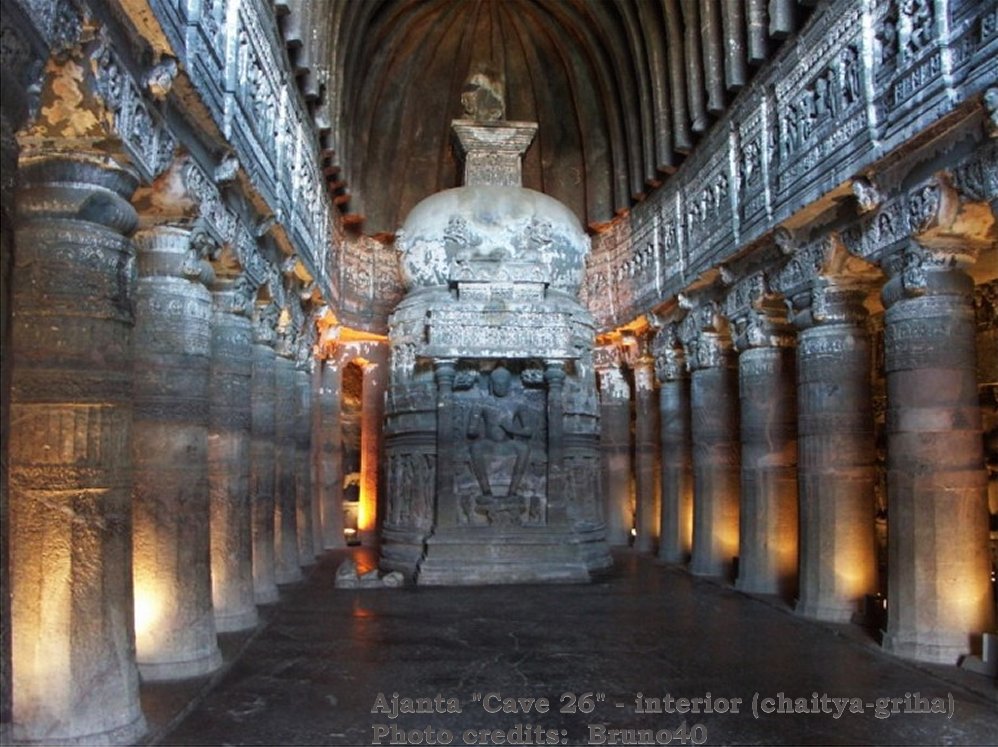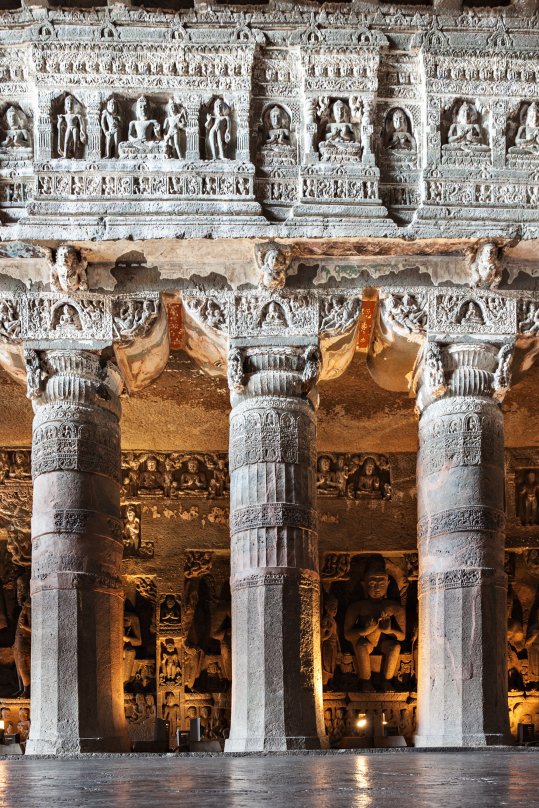Ajanta Caves: Incredible Accomplishment Of India’s Ancient Stonecutters
A. Sutherland - AncientPages.com - Now, it’s time to take a look at the next architectural wonder of India – the cave temples of Ajanta – that represent a symbol of the unexplained sophisticated technology of the ancient builders of India.
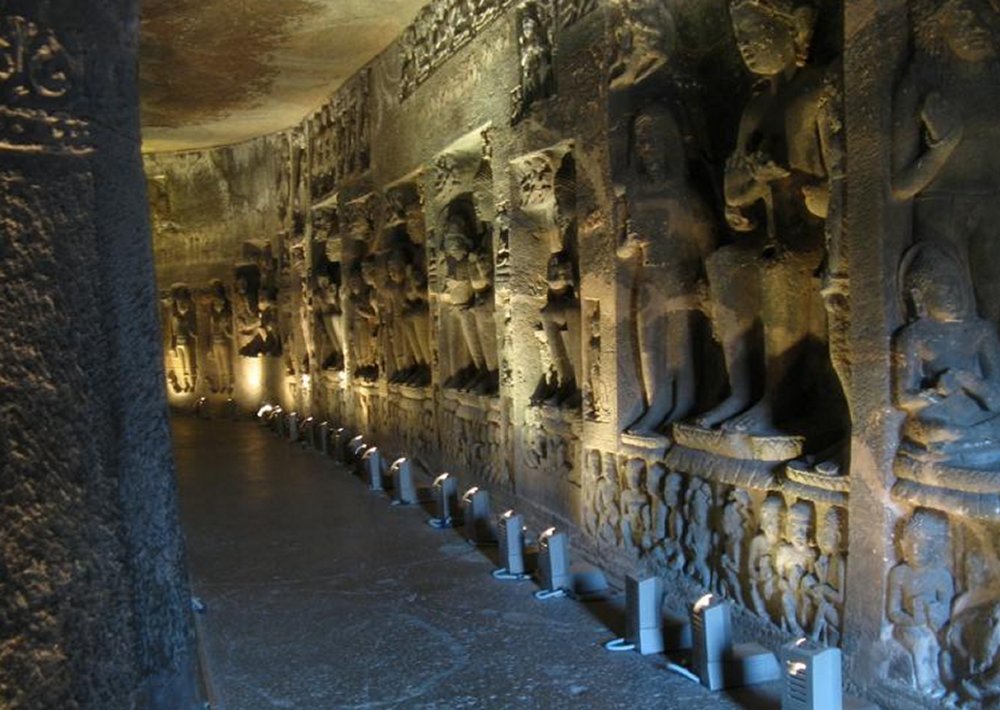 The most famous from the monastery caverns in Ajanta, “cave 1”. The actual entry towards the antechamber is actually outfitted through decals associated with 2 excellent bodhisattvas.
The most famous from the monastery caverns in Ajanta, “cave 1”. The actual entry towards the antechamber is actually outfitted through decals associated with 2 excellent bodhisattvas.
Several of India’s cave temples are very famous, like for example Ellora – the largest single rock-cut temple, we described in our previous article.
So far, there are about 1,200 cave temples still in existence, in India. Some 1,000 of them are located in the western state of Maharastra, India. Others are located in the northeastern state of Bihar and in Karnataka to the south of Maharastra, with a few scattered throughout other states.
Skillfully designed carvings of “cave 4”
Hewn out of the horseshoe-shaped stone cliffs surrounding the River Waghora, the Ajanta Caves consist of several viharas (monastic halls of residence) and five chaityas, which are basically prayer halls. Other caves (called Viharas) are monasteries with residents. Early Buddhist caves include caves 8,9,10,12, 13, and cave 15, which is a more complete monastery measuring 19.62 × 15.98 m.
The cave consists of an eight-celled hall ending in a sanctum, an antechamber, and a verandah with pillars. The reliefs in this cave depict the Buddha. The caves are located in the western Indian state of Maharashtra, just 55 km from Jalgaon city and only 105 km from the famous Ellora Caves, in Aurangabad City. The caves were first discovered in 1819, by an Army Officer in the Madras Regiment of the British Army during one of his hunting expeditions.
After studying the artifacts, it was concluded by historians and archaeologists that these caves had a connection with the Vakataka dynasty (c. 250 CE – c. 500 CE). 20 caves were built during the Vakataka dynasty, during the reign of Harisena, (ruled c. 475 – c. 500 CE), who was a great patron of Buddhist architecture, art, and culture.
At the end of his reign, these caves were abandoned.
By 480 AD the caves at Ajanta were abandoned and during the next 1300 years, the jungle grew back.
Hidden, unvisited, and undisturbed until 1819, the rock-cut temples were accidentally rediscovered by a British Army officer, John Smith, who is believed to have been in the group of the first recorded visitors to the caves.
The temples were sculptured by Hindus, Jains, and Buddhists, and according to standard textbook opinion, their age is that the earliest were carved around 300 BC but most in the period of the 4th to the 9th centuries CE.
Some of India’s cave temples have been incorporated into Jain and Hindu temples which are built on top of or around them and have often been restyled, so they have lost much of their original appearance.
The Ajanta Caves were probably sponsored by the Vakataka Dynasty rulers in a period when both the Buddha and the Hindu gods were simultaneously worshiped in Indian culture, which can be attested by inscriptions in which these rulers, who are otherwise known as Hindu devotees, made Buddhist dedications to the caves. According to Spink,
'That one could worship both the Buddha and the Hindu gods may well account for Varahadeva's participation here, just as it can explain why the emperor Harisena himself could sponsor the remarkable Cave 1, even though most scholars agree that he was certainly a Hindu, like earlier Vakataka kings. 1
Moreover, these priceless historical monuments are still very controversial regarding not only their origin but also their creators. Even the sacred symbolism, which should be an extremely strong link connecting them all, has been debased.
Ajanta caves. Credit: Adobe Stock - saiko3p
India’s cave temples – originally carved by Hindus – could not maintain their true origin because they were more or less extensively restyled resculptured, plastered, and painted) at a later date by Buddhists.
Still, Ajanta’s paintings and their infinite charm represent an extraordinary art because they belong to a period that was ancient and to a land that was Eastern rather than Western. Incidentally, they contain scenes of semi-mythological history, the royal court, and the popular life of ancient times, as told in romances and plays. Some pictures recall the Greek and Roman compositions and proportions, few late resemble Chinese manners to some extent.
But the majority belongs to a phase, which is purely Indian.
Written by – A. Sutherland AncientPages.com Staff Writer
Copyright © AncientPages.com All rights reserved. This material may not be published, broadcast, rewritten or redistributed in whole or part without the express written permission of AncientPages.com
Expand for referencesReferences:
- Spink W. Ajanta: History and Development, Cave by Cave
E.J. Rapson, Ancient India
More From Ancient Pages
-
 Megaliths In Central France: 30 Prehistoric Monolith Stones And One Human Skeleton – Unearthed
Archaeology | Sep 11, 2019
Megaliths In Central France: 30 Prehistoric Monolith Stones And One Human Skeleton – Unearthed
Archaeology | Sep 11, 2019 -
 Ancient Mystery Of The Before – Time People – Evidence Of Unknown Advanced Prehistoric Technology – Part 2
Civilizations | Apr 5, 2019
Ancient Mystery Of The Before – Time People – Evidence Of Unknown Advanced Prehistoric Technology – Part 2
Civilizations | Apr 5, 2019 -
 Never-Before-Seen Amazon Rock Art Reveal People Lived With Giant Ice Age Animals
Archaeology | Dec 5, 2020
Never-Before-Seen Amazon Rock Art Reveal People Lived With Giant Ice Age Animals
Archaeology | Dec 5, 2020 -
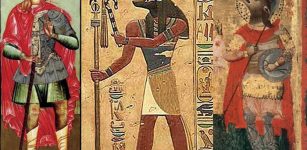 Mysterious Dog-Headed St. Christopher Reminds Of The Egyptian Jackal God Anubis
Biblical Mysteries | Nov 15, 2017
Mysterious Dog-Headed St. Christopher Reminds Of The Egyptian Jackal God Anubis
Biblical Mysteries | Nov 15, 2017 -
 Did A Universal Ancient Civilization Give Birth To All Other Cultures Across The World?
Civilizations | May 4, 2021
Did A Universal Ancient Civilization Give Birth To All Other Cultures Across The World?
Civilizations | May 4, 2021 -
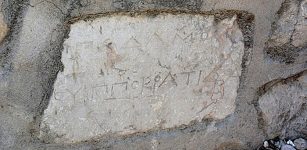 2,300-Year-Old Tablet Found In Mugla, Turkey – Region Of Great Historical Importance In Ancient Times
Archaeology | Jun 5, 2019
2,300-Year-Old Tablet Found In Mugla, Turkey – Region Of Great Historical Importance In Ancient Times
Archaeology | Jun 5, 2019 -
 Artificial Intelligence Reveals The Out Of Africa Expansion Is More Complex Than Previously Thought
Archaeology | Oct 18, 2021
Artificial Intelligence Reveals The Out Of Africa Expansion Is More Complex Than Previously Thought
Archaeology | Oct 18, 2021 -
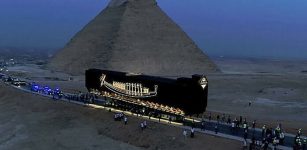 King Khufu’s 4,600-Year-Old Solar Boat Has Been Transported To The Grand Egyptian Museum
Archaeology | Aug 9, 2021
King Khufu’s 4,600-Year-Old Solar Boat Has Been Transported To The Grand Egyptian Museum
Archaeology | Aug 9, 2021 -
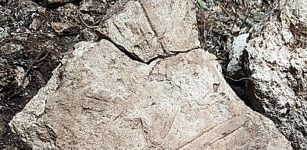 Extremely Brutal Conflicts Among Maya Broke Out Before Civilization’s Decline
Archaeology | Aug 8, 2019
Extremely Brutal Conflicts Among Maya Broke Out Before Civilization’s Decline
Archaeology | Aug 8, 2019 -
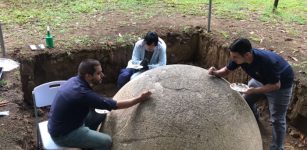 Six Ancient Giant Stone Spheres Recovered From The Diquís Delta, Costa Rica
Archaeology | Apr 7, 2022
Six Ancient Giant Stone Spheres Recovered From The Diquís Delta, Costa Rica
Archaeology | Apr 7, 2022 -
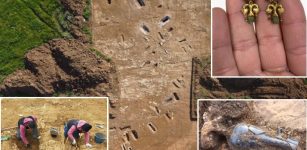 Incredible Roman Necropolis With Dressed Skeletons Buried In Ornate Tombs Discovered Close To The Ancient City Of Tarquinia
Archaeology | Jan 9, 2024
Incredible Roman Necropolis With Dressed Skeletons Buried In Ornate Tombs Discovered Close To The Ancient City Of Tarquinia
Archaeology | Jan 9, 2024 -
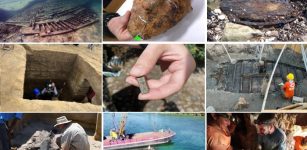 Top 10 Archaeological Discoveries 2023
Archaeology | Dec 27, 2023
Top 10 Archaeological Discoveries 2023
Archaeology | Dec 27, 2023 -
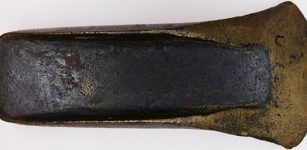 Truth Behind Mysterious Ancient Metal Depositions Revealed By Scientists
Archaeology | Dec 8, 2021
Truth Behind Mysterious Ancient Metal Depositions Revealed By Scientists
Archaeology | Dec 8, 2021 -
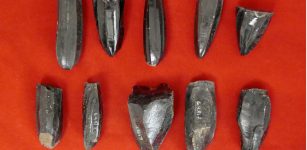 Mayas Utilized Market-Based Economics – New Study
Archaeology | Jan 6, 2023
Mayas Utilized Market-Based Economics – New Study
Archaeology | Jan 6, 2023 -
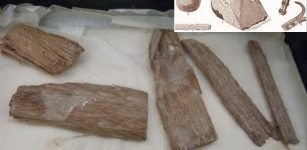 Great Pyramid Puzzle: ‘Lost’ 5,000-Year-Old Piece Of ‘Dixon Relics’ Accidentally Found
Archaeology | Dec 17, 2020
Great Pyramid Puzzle: ‘Lost’ 5,000-Year-Old Piece Of ‘Dixon Relics’ Accidentally Found
Archaeology | Dec 17, 2020 -
 Ancient Mystery Of The Before – Time People – Traces Of An Unknown Lost Race – Part 1
Civilizations | Apr 3, 2019
Ancient Mystery Of The Before – Time People – Traces Of An Unknown Lost Race – Part 1
Civilizations | Apr 3, 2019 -
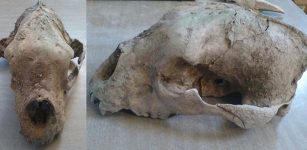 Skull And Jaw Of Giant Bear Of The Late Pleistocene Found In Buenos Aires
Archaeology | Mar 15, 2018
Skull And Jaw Of Giant Bear Of The Late Pleistocene Found In Buenos Aires
Archaeology | Mar 15, 2018 -
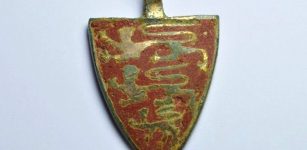 Priceless 800-Year-Old Treasure Featuring Three Golden Lions Unearthed
Archaeology | Aug 5, 2022
Priceless 800-Year-Old Treasure Featuring Three Golden Lions Unearthed
Archaeology | Aug 5, 2022 -
 Legend Of Marguerite de Bressieux: Brave Noblewoman Who Sought Revenge For Sexual Assault
Featured Stories | Mar 29, 2020
Legend Of Marguerite de Bressieux: Brave Noblewoman Who Sought Revenge For Sexual Assault
Featured Stories | Mar 29, 2020 -
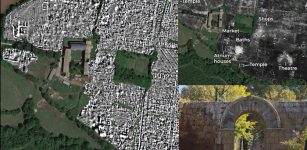 Falerii Novi – Huge Ancient Underground Roman City Reveals Its Secrets
Featured Stories | Jun 8, 2022
Falerii Novi – Huge Ancient Underground Roman City Reveals Its Secrets
Featured Stories | Jun 8, 2022

